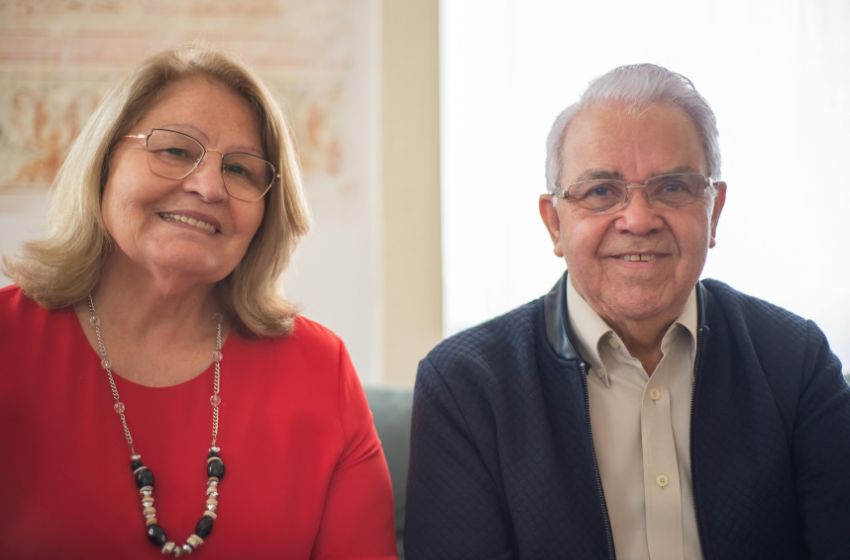Examining the developing landscape of senior living construction in Columbus offers crucial insights for those invested in the future of housing. With an aging population, understanding these advancements is vital. The expansion and innovation within this sector provide a glimpse into the future of community living.
The Importance of Senior Living Construction
As the demographic shift continues, with more individuals entering their senior years in Columbus and elsewhere across the United States, the demand for specialized housing solutions grows significantly. Senior living construction becomes not only a matter of architectural design but also a significant social responsibility and so companies like Rockford Construction are playing an integral role in creating spaces that cater to the unique needs of older adults. When planning such projects, it’s essential to consider accessibility, safety and community engagement as core elements. The industry has seen a rise in integrated health facilities and social spaces within these developments, reflecting a holistic approach to eldercare.
The economic impact of senior living construction extends beyond the immediate housing sector. These projects create jobs in construction, healthcare and various service industries, benefitting the entire Columbus community. They also contribute to local economies by attracting businesses that cater to senior populations. What’s more, well-designed senior living facilities can reduce the burden on public healthcare systems by providing preventative care and promoting active lifestyles. As such, investments in senior living construction can be seen as investments in community infrastructure, supporting not just the elderly but the broader societal framework.
Innovations Driving Change
Modern senior living spaces are increasingly incorporating advanced technologies to improve residents’ quality of life. This trend marks a shift from traditional nursing homes to more dynamic environments that foster independence and community interaction. The concept of ‘multifamily construction‘ is gaining popularity in this field, where multiple generations can live and interact within shared spaces, enhancing familial bonds while maintaining privacy. These environments are crafted with smart home technologies, energy-efficient systems, and thoughtful layouts that promote easy mobility and comfort. The integration of such features not only adds value but also enhances the living experience for seniors.
Sustainability is becoming a cornerstone of innovative senior living design. Many new developments in Columbus are incorporating green spaces, rooftop gardens and energy-efficient systems to minimize environmental impact and create a more natural, therapeutic environment for residents. These eco-friendly designs not only contribute to the well-being of seniors but also appeal to environmentally conscious consumers and their families. Additionally, the inclusion of telemedicine facilities within senior living spaces is revolutionizing healthcare access, allowing residents to receive medical consultations without leaving their homes, thus enhancing convenience and reducing the stress associated with medical appointments.
Financial Implications and Investment Opportunities
Investing in senior living construction offers promising financial prospects due to its expanding market demand. Developers and investors need to be aware of the evolving preferences of seniors who are looking for more than just a place to stay as they are also seeking communities that offer opportunities for socialization and lifestyle amenities.
Financial institutions are beginning to recognize the stability and growth potential in this sector, often providing favorable financing options for well-planned projects. For prospective investors, understanding the nuances of this market is crucial to making informed decisions that align with both economic benefits and ethical considerations.
Wrapping Up: Future Trends in Senior Housing
The future of senior living construction is set to be shaped by several key trends that emphasize sustainability, inclusivity, and technological integration. As environmental concerns become more prominent, there is a push toward green building practices that minimize carbon footprints while maximizing efficiency.
In terms of inclusivity, future projects are likely to focus on creating diverse communities where seniors can engage with people from different backgrounds and age groups. Technological advancements will continue to play a pivotal role in transforming these spaces into smart environments that cater to both safety and leisure needs. Staying informed about these trends ensures readiness for what lies ahead in senior housing development.

